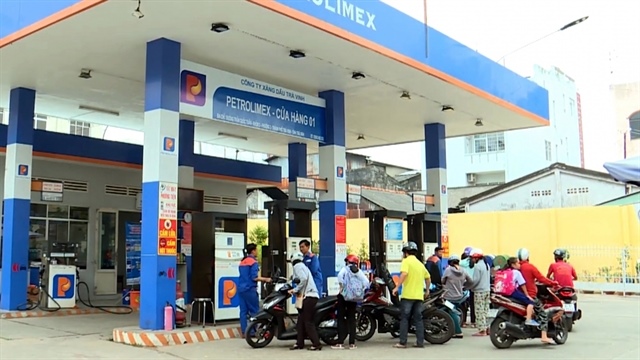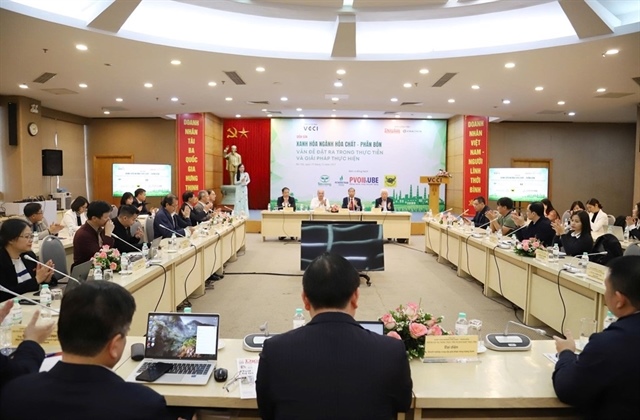How much is Vietnamese tungsten?
How much is Vietnamese tungsten?
As China has been cutting down the tungsten export volume, import countries have to look for other supply sources. Vietnam could be the alternative for them.

China tightens the tungsten supply
Tungsten, together with other precious metals, has been the strategic chessman in nations’ economy and defense development.
A recent report by the WTO showed that the US, Europe and Japan consume 55 percent of the total tungsten output of the world, but they make out 5 percent only.
Meanwhile, with 400 tungsten mines in Jiang Xi province, China has more than 60 percent of the total reserves and provides 76.5 percent of the total supply.
Therefore, China has frightened the world when threatening to cut the supply. The US proves to be the biggest sufferer if the supply source is interrupted. The country imports 40 percent of Chinese tungsten output every year.
According to www.northernminer.com, China began restricting the tungsten exports in 2003. Later, the country imposed the export tariff of 15 percent on tungsten made products, while cutting the export quota by 2 percent every year in 2007. Also in the year, it released a decision on prohibiting foreigners to invest in tungsten mining.
The moves by China have made the tungsten price increase by three times since 2004.
In an attempt to control the tungsten supply sources in the world, China has been trying to acquire many tungsten mines in the world. It has even bought the low quality tungsten mines in Africa.
The countries with the high demand for tungsten have been hurrying up to look for new supply sources. The US EMC Metals has reopened the Springer mine in Nevada.
Prior to that, Malaga, the tungsten manufacturer in Peru, bought the biggest tungsten mine in South America. Later, the company increased its ownership ratio to 100 percent amid the Chinese moves to cut down the production and export. Despite the loss of $7.6 million in 2009 and about $3 million in 2010, Malaga continued pouring money into tungsten mining, according to www.northernminer.com.
Vietnam – the potential alternative supplier
While China tries to cut down the exports to control the tungsten supply sources, Vietnam has decided to exploit tungsten at the Nui Phao mine in Thai Nguyen province, which is considered the second biggest tungsten mine in the world.
The mining is believed to help ease the pressure created by the reduced supply from China.
The Nui Phao project covers an area of 9,000 square meters. It is estimated that Nui Phao’s reserves are up to 52 million tons. The Nui Phao – HC Strarck, a joint venture between the Nui Phao Minerals Exploitation and Processing Company, a subsidiary of Vietnamese Masan Group, and HC Starck Group, plans to put out 7 percent of the total supply in the world every year. The amount is nearly double that provided by Russia, the second biggest supplier.
According to Masan, the project would bring the annual turnover of $250-350 million, of which tungsten would bring 50 percent, while EBITDA would be some $100-175 million.
Nui Phao’s tungsten ore can meet the standards for export with the wolfram content of 65 percent, while the content would be even higher after Nui Phao teams up with HC Starck to develop the production.
According to Bloomberg, the tungsten price is now at $400 per MTU (an MTU is equal to 10 kilos of tungsten).
vietnamnet






















